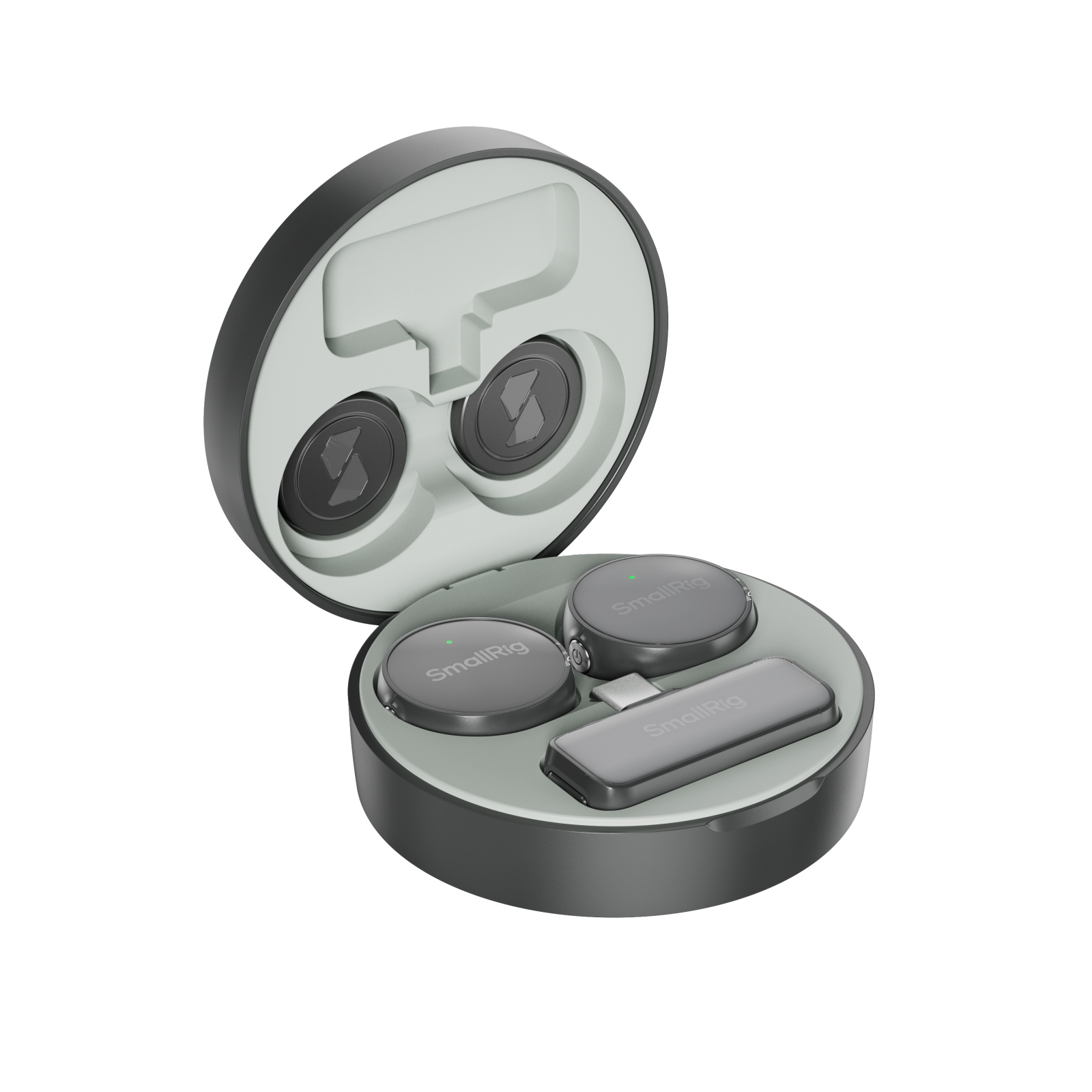Unlock Crystal Clear Sound: The Ultimate Guide to Choosing Your Perfect Wireless Microphone
Wireless microphones have become an essential tool in various fields, including music, broadcasting, and public speaking. Their growing popularity stems from the convenience they offer, allowing users to move freely without being tethered by cables. When selecting a wireless microphone, sound quality and ease of use are paramount. Whether you’re a performer looking to captivate your audience or a presenter aiming to deliver a clear message, choosing the right microphone can significantly impact your performance. In this guide, we explore the technology behind wireless microphones, the different types available, and key features to consider to help you make an informed decision.

Understanding Wireless Microphone Technology
Wireless microphones operate using radio frequency technology to transmit audio signals without the need for physical cables. They typically utilize three main transmission methods: UHF (Ultra High Frequency), VHF (Very High Frequency), and digital signals. UHF microphones are favored for their ability to operate over long distances and through obstacles, making them ideal for larger venues. VHF options tend to be more affordable but may have shorter range and susceptibility to interference. Digital microphones, on the other hand, convert sound into digital signals for transmission, offering superior sound quality and resistance to interference. The shift to wireless technology has revolutionized the industry by providing users with greater freedom of movement, reducing setup time, and enhancing overall audio experience compared to traditional wired microphones.
Types of Wireless Microphones
When it comes to wireless microphones, there are several types to choose from, each designed for specific applications. Handheld microphones are the most common, perfect for singers or speakers who want to engage directly with their audience. Lavalier microphones, or lapel mics, are small and discreet, making them ideal for interviews, presentations, and situations where hands-free operation is necessary. They can clip onto clothing, providing a close microphone proximity. Headset microphones are another option, often used in fitness classes or by performers who need clear audio while maintaining full mobility. Each type has its own advantages, and selecting the right one will depend on your specific needs and how you plan to use it.
Key Features to Consider When Choosing a Wireless Microphone
When searching for the perfect wireless microphone, several key features should be at the forefront of your decision-making process. Battery life is crucial; a longer battery life means less worry about interruptions during performances. The range of the microphone is equally important—consider how far you might need to move from the receiver. Build quality should not be overlooked; a durable microphone will withstand the rigors of frequent use. Sound quality is paramount as well; look for microphones that reproduce audio clearly without distortion. Finally, ease of setup can make a significant difference, especially for those who may not be technically savvy. Assessing these features through user reviews and product specifications can guide you towards a microphone that meets your expectations.
Comparing Wireless Microphone Options
With numerous wireless microphone options available on the market, comparing different models can seem daunting. Start by reading user reviews and feedback to gauge real-world performance and reliability. Pay attention to specifications such as frequency response, signal-to-noise ratio, and any additional features that may be beneficial for your use case. It’s also wise to consider the manufacturer’s reputation and customer service; a reputable brand is more likely to offer support and warranty options. Prioritize features based on your intended use—whether you need a microphone for a live performance, recording, or public speaking—and weigh these against your budget. By conducting thorough comparisons, you can make an informed choice tailored to your specific needs.
Final Thoughts on Wireless Microphone Selection
In summary, selecting the right wireless microphone is crucial for achieving optimal sound quality and ensuring user satisfaction. By understanding the technology behind wireless microphones, recognizing the various types available, and considering key features, you can make an informed decision that suits your needs. As you embark on your research, remember to prioritize your specific requirements and compare different options thoroughly. Investing time in choosing the right microphone will not only enhance your audio experience but will also elevate your performances, presentations, and recordings. Happy mic hunting!





